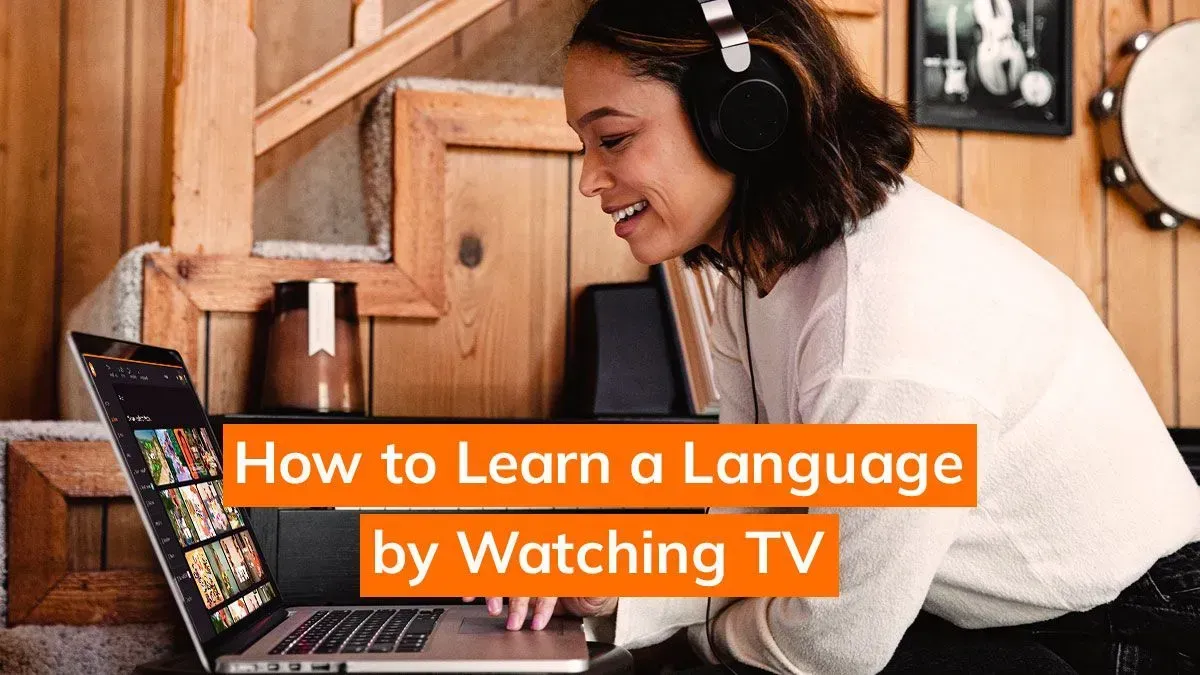

Language learning has never been more accessible, and innovative methods are constantly emerging. Let’s explore this topic in more detail with Subway Surfers below, as we delve into the world of language acquisition through popular streaming platforms. This article will guide you through the process of leveraging Netflix to enhance your language skills, providing valuable insights for students, young professionals, and digital nomads alike.
Netflix has revolutionized the way we consume media, and its potential for language learning is equally transformative. With a vast library of content in multiple languages, Netflix offers a unique opportunity to immerse yourself in authentic language usage. This method of learning aligns perfectly with the needs of today’s young, globally-minded individuals who seek flexible, cost-effective, and engaging ways to acquire new languages.
The beauty of using Netflix for language learning lies in its ability to combine entertainment with education. As you watch your favorite shows and movies, you’re simultaneously exposing yourself to natural language patterns, colloquialisms, and cultural context. This immersive experience can significantly enhance your vocabulary, listening comprehension, and even pronunciation skills.
For students, young professionals, and digital nomads, Netflix offers a convenient way to integrate language learning into their daily routines. Whether you’re unwinding after a long day of classes, taking a break from work, or exploring a new city, you can always squeeze in a language learning session with Netflix. This flexibility is particularly appealing to those with busy schedules or those who frequently move between locations.
While simply watching Netflix in your target language can be beneficial, employing specific strategies can significantly boost your learning outcomes. Here are some proven techniques to maximize your language acquisition through Netflix:
Subtitles are a powerful tool when used correctly. Start by watching with subtitles in your native language to get a feel for the content. Gradually transition to subtitles in the target language, and eventually, challenge yourself to watch without subtitles. This progression helps you build confidence and improves your listening comprehension skills.
For beginners, using dual subtitles (both native and target language) can be particularly helpful. This allows you to make direct comparisons between languages and understand context more easily. As you advance, try watching with only target language subtitles to reinforce the connection between spoken and written forms of the language.
Select shows and movies that match your language level and interests. For beginners, children’s shows or comedies with simple dialogues can be excellent starting points. As you progress, move on to more complex content like dramas or documentaries. The key is to find a balance between challenging yourself and maintaining engagement.
Consider starting with content you’re already familiar with in your native language. This prior knowledge can help you understand context and follow the storyline more easily, allowing you to focus on language acquisition. Gradually introduce new content as your skills improve.
Don’t just passively watch; engage actively with the content. Pause and repeat difficult phrases, write down new vocabulary, and try to summarize episodes in the target language. This active engagement helps reinforce learning and improves retention.
Create a language journal where you can note down interesting expressions, cultural references, or grammatical structures you encounter. Reviewing these notes regularly can help solidify your learning and expand your language repertoire.
Read more: Survival Language Guide: What to Learn Before Visiting Another Country
While Netflix is a powerful resource, combining it with other language learning methods can enhance your overall progress. Here are some complementary tools and techniques to consider:
Popular apps like Duolingo, Babbel, or Memrise can provide structured lessons to supplement your Netflix learning. These apps often focus on grammar, vocabulary, and basic conversation skills, which can help you better understand the language used in Netflix shows.
Use these apps to learn foundational elements of the language, then apply this knowledge while watching Netflix. For instance, if you’ve learned about past tense verbs in your app, pay special attention to how they’re used in the shows you watch.
Websites and apps like Tandem or HelloTalk connect you with native speakers for language exchange. This allows you to practice speaking and writing skills, which Netflix alone can’t provide. Discuss the shows you’ve watched on Netflix with your language partners to practice using the vocabulary and phrases you’ve learned.
These platforms offer a way to verify your understanding of colloquialisms or cultural references you encounter in Netflix shows. Native speakers can provide insights that subtitles or translations might miss.
Incorporate language learning podcasts into your routine to complement your Netflix viewing. Podcasts can provide additional listening practice and often focus on specific aspects of language or culture. They’re particularly useful for improving your listening skills when you can’t watch videos.
Look for podcasts that discuss popular culture or review TV shows and movies. This can provide you with additional vocabulary and context related to the content you’re watching on Netflix.
While learning a language through Netflix can be highly effective, it’s not without its challenges. Here are some common obstacles you might face and strategies to overcome them:
It’s easy to fall into the trap of passive watching, especially with engaging content. To stay motivated and focused on learning, set specific goals for each viewing session. For example, aim to learn five new words or understand a particular grammar structure.
Create a reward system for yourself. After successfully completing a learning goal, treat yourself to an episode of your favorite show without the pressure of active learning. This balance can help maintain your motivation and prevent burnout.
Native speakers often talk quickly or use regional dialects, which can be overwhelming for learners. Start with shows that feature clear, standard pronunciations of the language. Gradually expose yourself to different accents and speaking speeds as you improve.
Use the playback speed feature on Netflix to slow down dialogue if needed. This can help you catch individual words and phrases more easily. As you become more comfortable, increase the speed back to normal.
While it’s important to focus on language acquisition, don’t let it overshadow your enjoyment of the content. Choose shows and movies that genuinely interest you. This will make the learning process more enjoyable and sustainable in the long run.
Allow yourself to get immersed in the story. Language learning should enhance your viewing experience, not detract from it. Sometimes, it’s okay to watch purely for pleasure, as even passive exposure can contribute to your language skills.
Read more: Using Language Skills to Make Friends While Traveling
To ensure you’re making progress in your Netflix language learning journey, it’s important to track your improvement and set achievable goals. Here are some strategies to help you measure your progress and stay on track:
Periodically test your comprehension by watching short clips without subtitles and seeing how much you understand. Compare this to your comprehension level when you first started. You can also try summarizing episodes in the target language, either in writing or speaking, to gauge your overall understanding and expression skills.
Keep a log of the shows you’ve watched, noting down any challenges you faced and improvements you’ve noticed. This can help you see your progress over time and identify areas that need more focus.
Use the SMART (Specific, Measurable, Achievable, Relevant, Time-bound) framework to set language learning goals. For example, aim to watch one episode per day with target language subtitles for a month, or learn 20 new words per week from your Netflix viewing.
Break down larger goals into smaller, manageable tasks. This could include mastering specific grammar points, understanding regional accents, or being able to follow complex plot lines without subtitles.